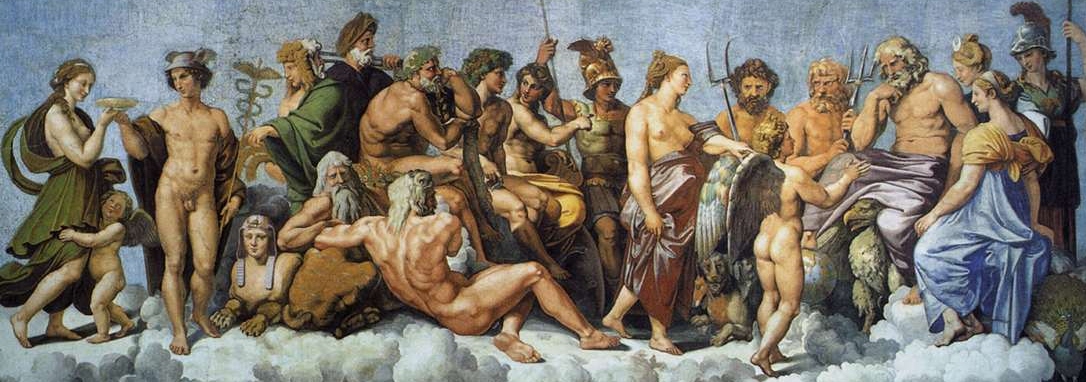(Re)Ordering the Gods. The Mythographic Web through Times
(Re)Ordering the Gods. The Mythographic Web through Times
Names and epithets, historical facts, rituals and monuments, textual fragments, plants and places: these are samples of the wide material that the mythographic tradition deals with. How do we organise it? What data to choose, how to present it and what for? This workshop will question the different forms of mythographic compilation. Many of them baffle our sense of order and classification and it is tempting to qualify them as confused bundles. But, by orchestrating the collection of ancient texts and/or images and thus arranging different circulations in the treasure of ancient knowledge, mythographies present themselves as creative enterprises. Could we argue that compilation is a form of thought inherent in mythological creation, even in its artistic forms? Homer’s poems are based on different modes of assemblage and were immediately received as a mythographic encyclopaedia.
By visiting some of the compilation models developed since Antiquity, we will interrogate the ways in which they give new meanings to the ancient pantheon. Poetics, iconology, hermeneutic and anthropology are intimately linked here. How could we describe the forms of mythographic compilation? What mental procedures underlie them? What intellectual operations do they require of their users? To what extent a conception of the order of things can be read through their specific arrangement of data, how do they reflect a specific state of culture? These issues will be raised through images, texts, and artefacts. Although these domains obey their own logic, an important part of the mythographic production is found at their interface.
Organised by Céline Bohnert (Warburg Institute Visiting Fellow).
image: detail from Raffaelo’s Concilio degli dei, Villa Farnesina, Rome, c. 1517-1518
PROGRAMME (UK time / GMT):
Thursday, November 25th
13:40 – Welcome & Introduction
14:00 – *François Lissarrague (EHESS): ‘La mise en ordre et en image des exploits d’Héraclès et de Thésée’. Q&A
15:00 – Charles Delattre (Univ. Lille): ‘Mythography as visual art? From the compilation of data to their representation in the mythographic treatises of Palatinus Graecus 398′. Q&A
16:00 – Short break
16:30 – Frank Coulson (Univ. Iowa): ‘Cataloguing the medieval Latin commentaries on Ovid’s Metamorphoses: Problems and Perspectives’. Q&A
17:30 – Lorenza Gay (Independant Scholar): ‘”Selon l’istorial matiere” Depictions and Interpretations of the Greco-Roman Gods in Late Medieval French Illuminated Manuscripts: Building Meaning(s) in Texts and Images from the Ovide moralisé to Christine de Pizan’. Q&A
Friday, November 26th
15:00 – Elisa Sani (Courtauld Institute): ‘Feasting with the Gods: Ancient mythology on Italian Renaissance ceramics’. Q&A
16:00 – Short break
16:30 – *Françoise Graziani (Univ. Corte): ‘De la composition des mythographies renaissantes’. Q&A
17:30 – Agnès Guiderdoni (Univ. Louvain, FNRS): ‘From Mythography to Iconology: Images of the Gods Reordered by Jean Baudoin (Conti, Mythologie, 1627)’. Q&A
*English translations of these papers will be provided.
FREE VIA ZOOM. PLEASE BOOK IN ADVANCE.
Contact : warburg@sas.ac.uk / 020 7862 8910
